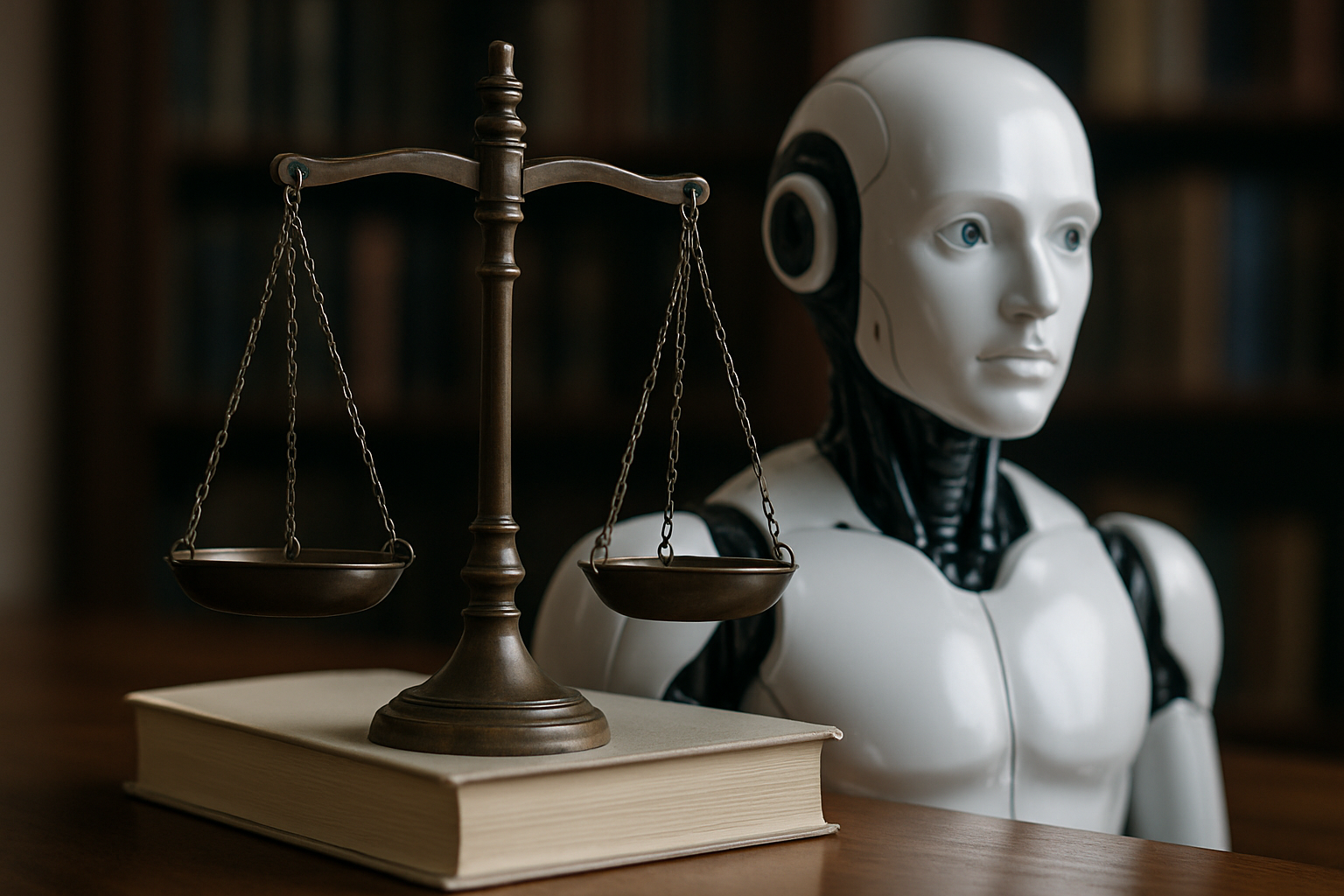Decoding the Legal Intricacies of Algorithmic Bias
Introduction: In an era dominated by artificial intelligence and machine learning, the legal landscape grapples with a new frontier: algorithmic bias. This complex issue intersects technology, ethics, and law, challenging traditional notions of discrimination and fairness. As algorithms increasingly influence critical decisions, from hiring practices to criminal sentencing, the need for robust legal frameworks to address potential biases becomes paramount.

Historical Context and Legal Precedents
The concept of bias in decision-making is not new to the legal system. Anti-discrimination laws have long sought to prevent unfair treatment based on protected characteristics such as race, gender, and age. However, algorithmic bias presents unique challenges. Unlike human decision-makers, algorithms do not have conscious intentions or biases. Instead, they may perpetuate historical biases present in training data or reflect societal inequalities in their outputs. This distinction has prompted legal scholars to re-examine the applicability of existing discrimination laws to algorithmic decision-making.
Current Legal Landscape
The legal approach to algorithmic bias varies across jurisdictions. In the UK, the Equality Act 2010 provides a foundation for addressing discriminatory outcomes, regardless of intent. However, its application to algorithmic bias remains largely untested in courts. The European Union’s General Data Protection Regulation (GDPR) offers some protections against automated decision-making, including the right to human intervention. In contrast, the United States lacks comprehensive federal legislation specifically addressing algorithmic bias, relying instead on sector-specific laws and general anti-discrimination statutes.
Challenges in Proving Algorithmic Discrimination
One of the primary legal hurdles in addressing algorithmic bias is the difficulty in proving discrimination. Traditional legal tests for discrimination often rely on demonstrating intent or disparate treatment. However, algorithmic bias may result in disparate impact without any discernible intent. Moreover, the complexity and opacity of many algorithms – often protected as trade secrets – can make it challenging to identify and prove bias. This has led to calls for greater algorithmic transparency and explainability in legal contexts.
Emerging Legal Strategies and Proposals
As awareness of algorithmic bias grows, legal strategies are evolving. Some propose expanding the concept of disparate impact to encompass algorithmic outcomes. Others advocate for algorithmic audits and impact assessments as legal requirements. There are also calls for creating new causes of action specifically tailored to algorithmic discrimination. Policymakers are considering regulations that would mandate transparency in algorithmic decision-making, particularly in high-stakes areas like criminal justice and lending.
The Role of Corporate Responsibility and Self-Regulation
While legal frameworks continue to develop, many argue that corporate responsibility and self-regulation play crucial roles in addressing algorithmic bias. Some companies have voluntarily adopted ethical AI principles and bias mitigation strategies. However, the effectiveness of self-regulation remains debated, with critics arguing for more robust legal oversight. The legal community is grappling with how to balance encouraging innovation with protecting against discriminatory outcomes.
International Perspectives and Cross-Border Challenges
Algorithmic bias is a global issue, transcending national boundaries. Different legal approaches across countries create challenges for multinational corporations and raise questions about jurisdiction and enforcement. There are growing calls for international cooperation and standardisation in addressing algorithmic bias, similar to efforts in data protection and cybersecurity. Legal experts are exploring how principles of international law might apply to this emerging field.
The Future of Law in the Age of Algorithms
As algorithms become more sophisticated and ubiquitous, the legal system must evolve to address new forms of bias and discrimination. This may involve developing new legal doctrines, updating existing laws, or creating specialised regulatory bodies. The intersection of law and technology will likely require interdisciplinary collaboration, bringing together legal experts, computer scientists, ethicists, and policymakers to craft effective solutions. The challenge lies in creating a legal framework that is flexible enough to adapt to rapidly evolving technology while providing robust protections against algorithmic bias.




